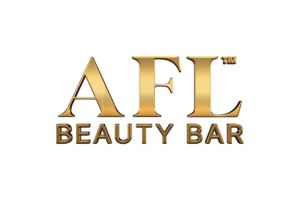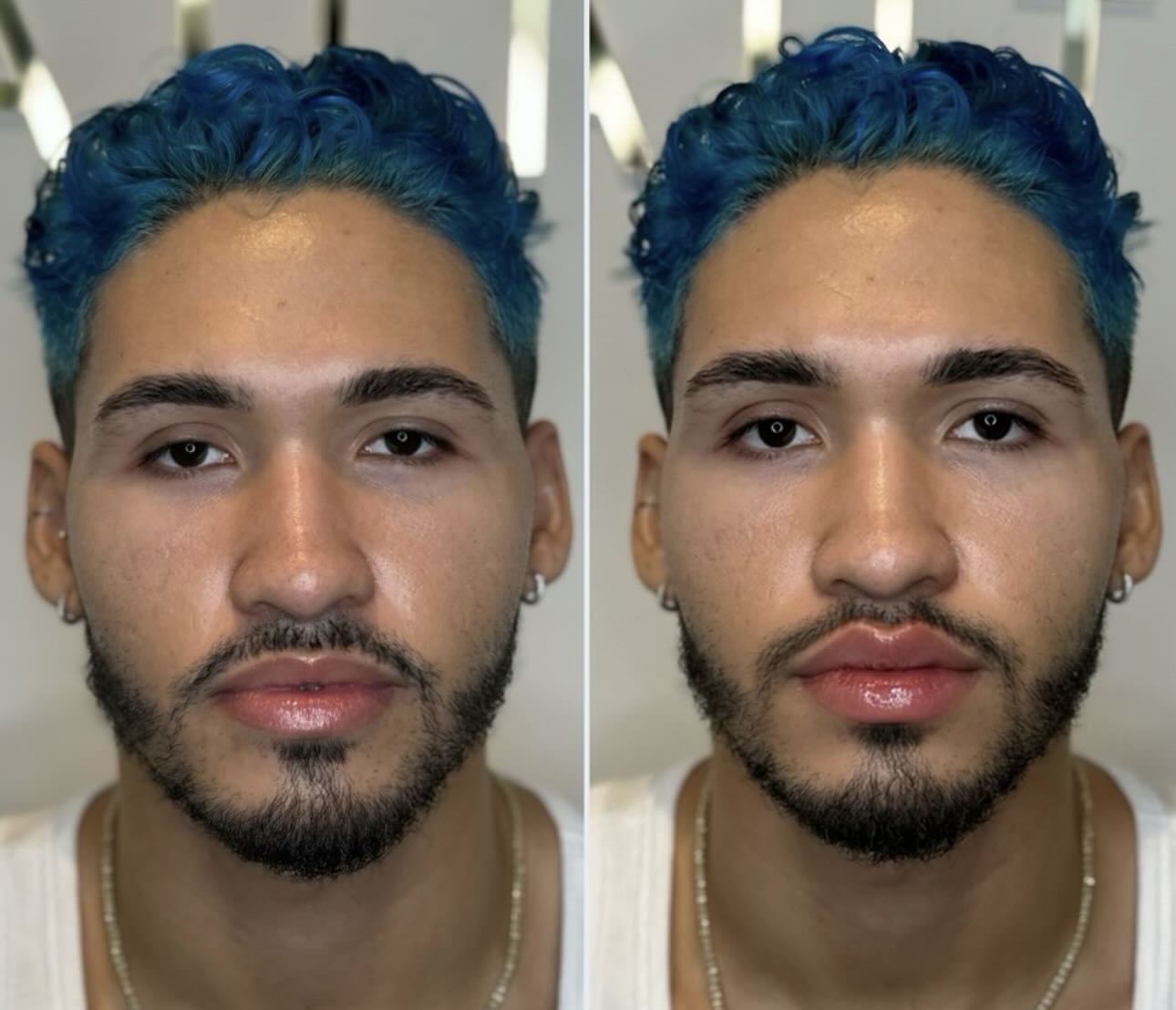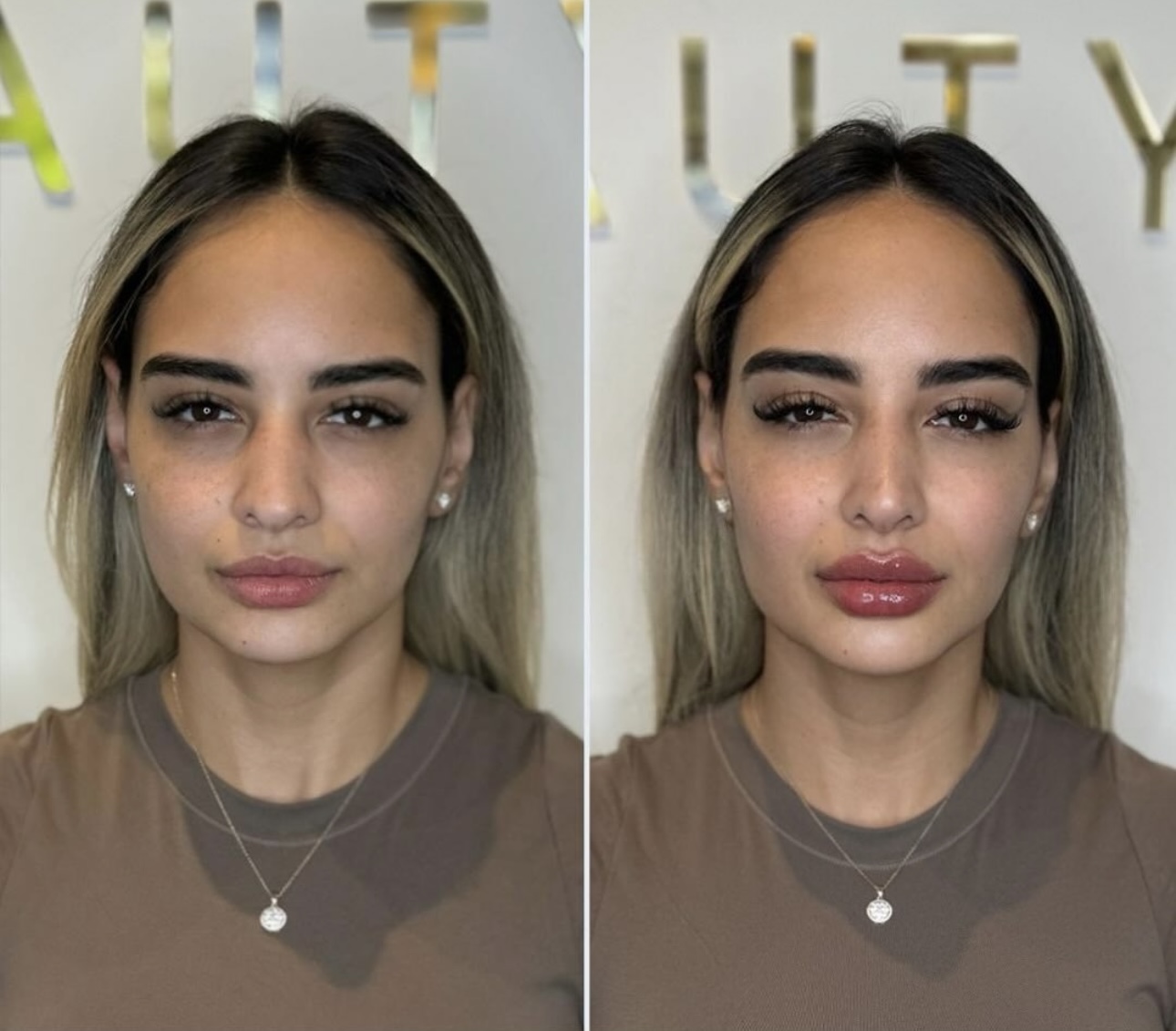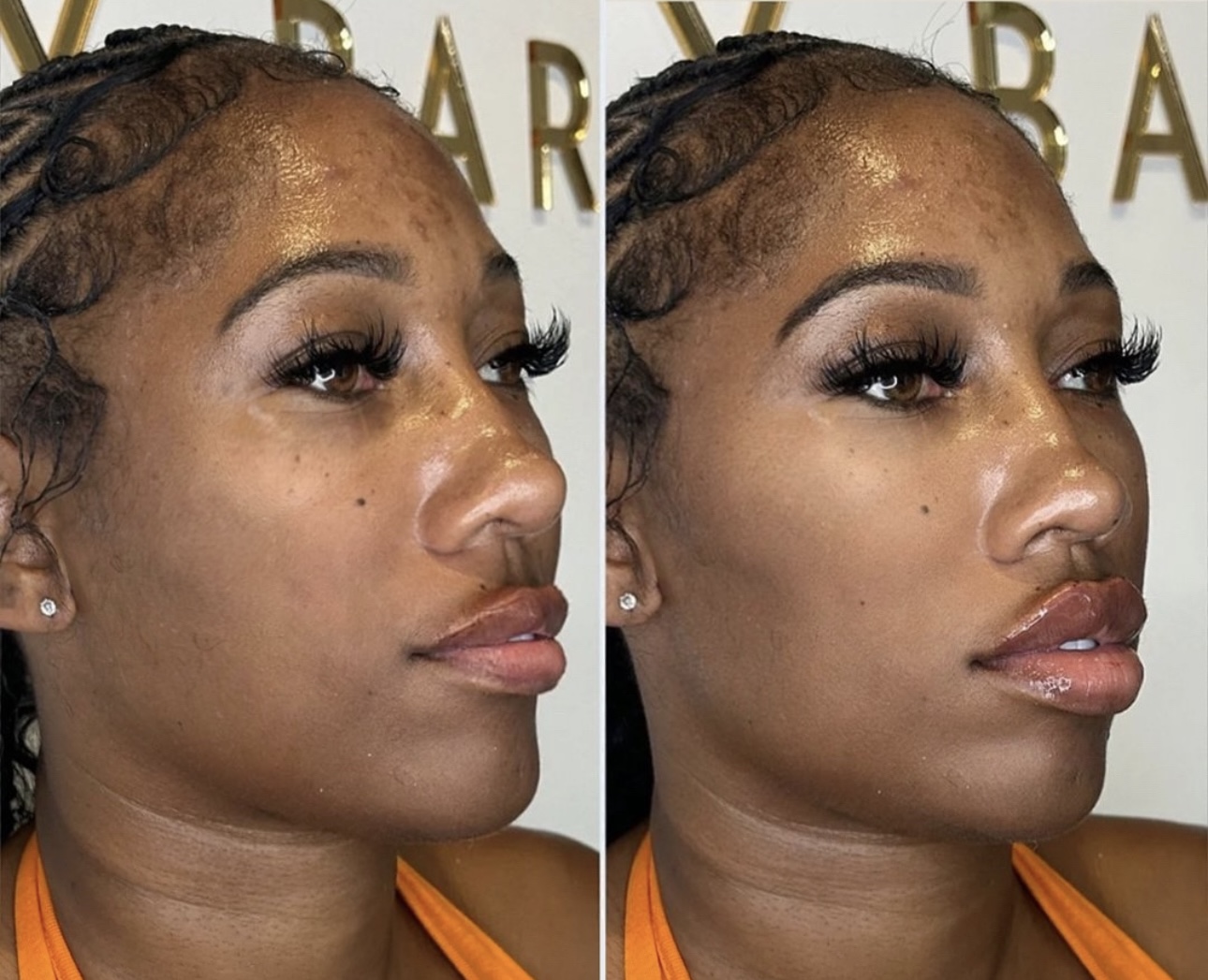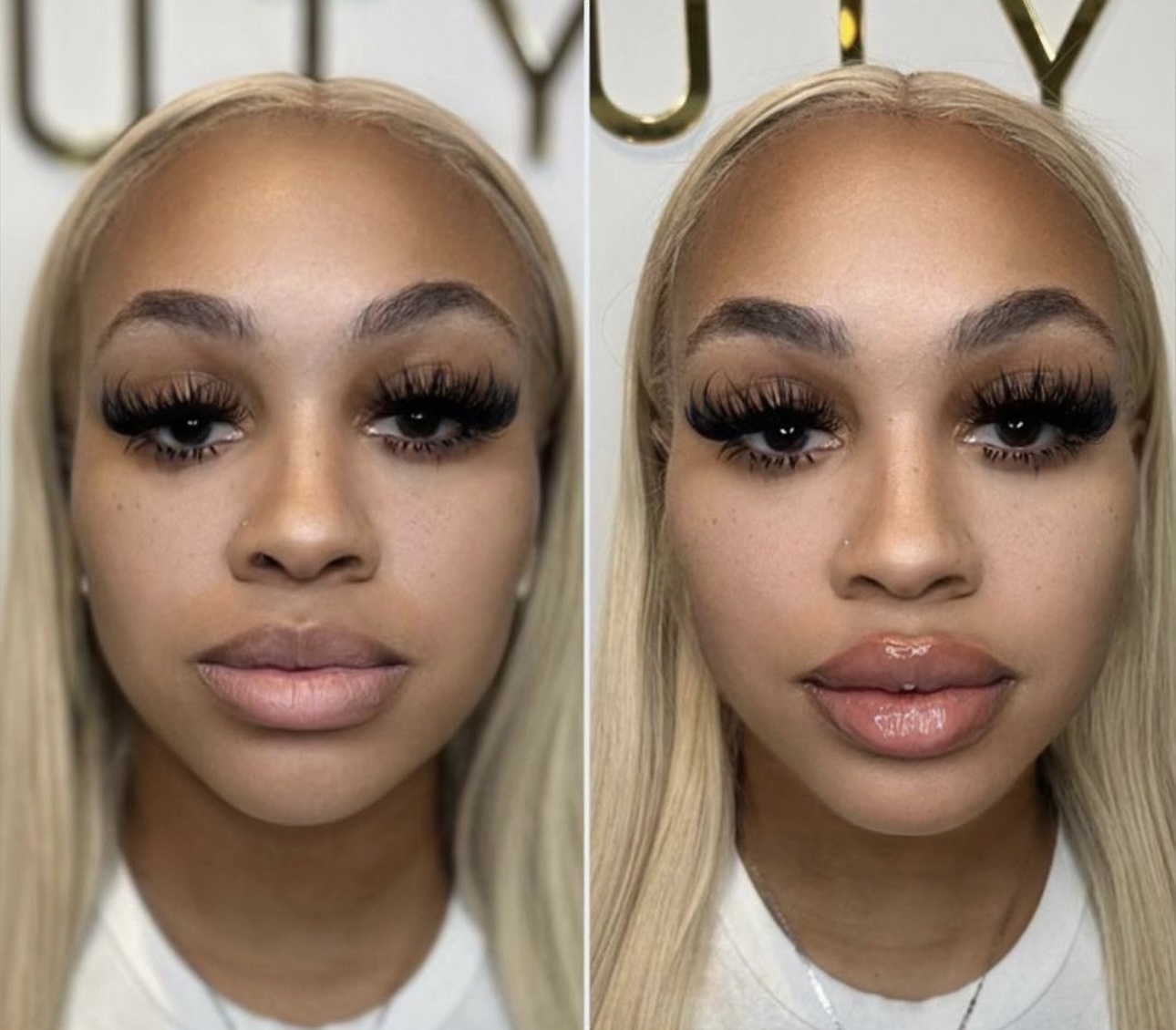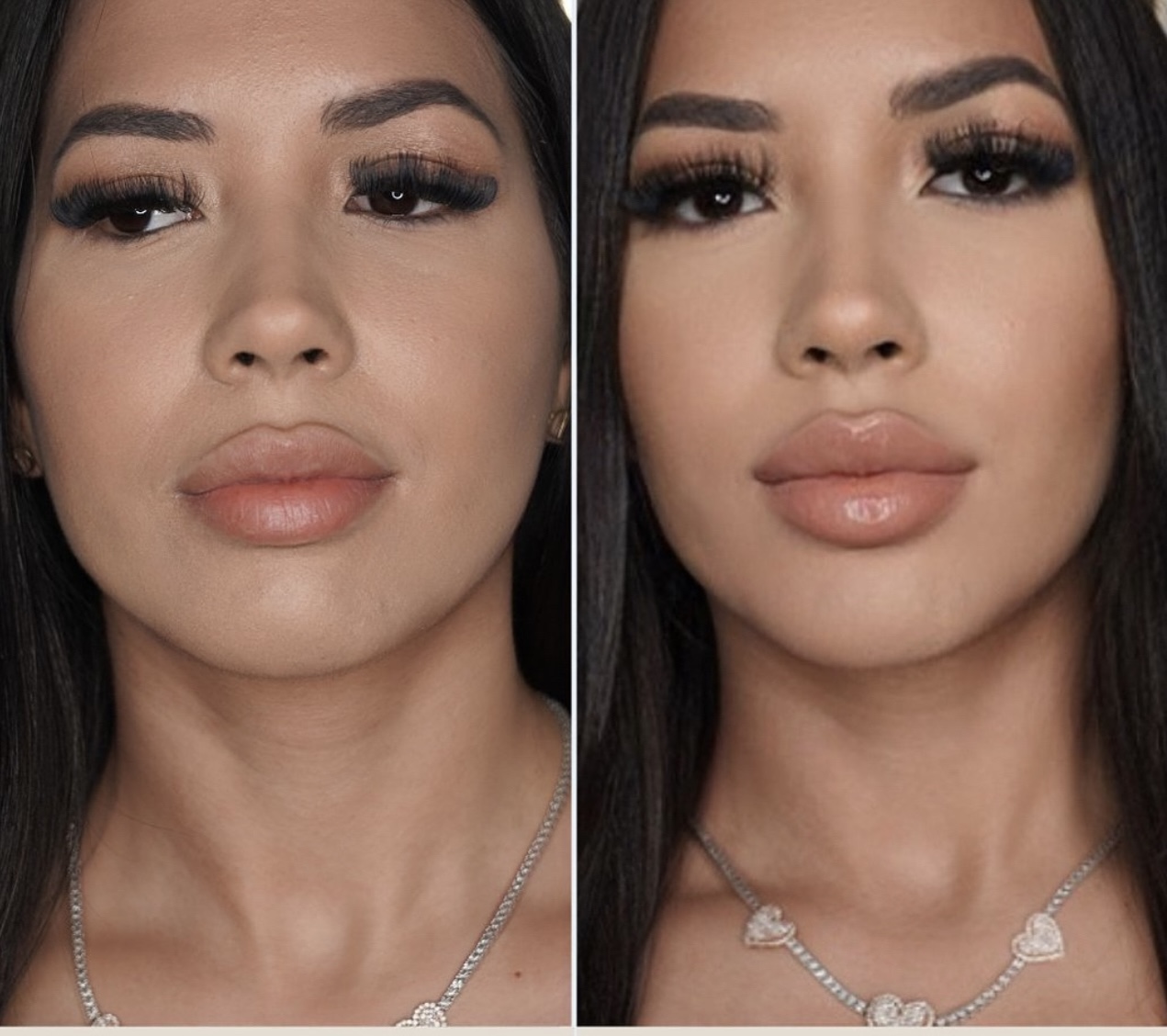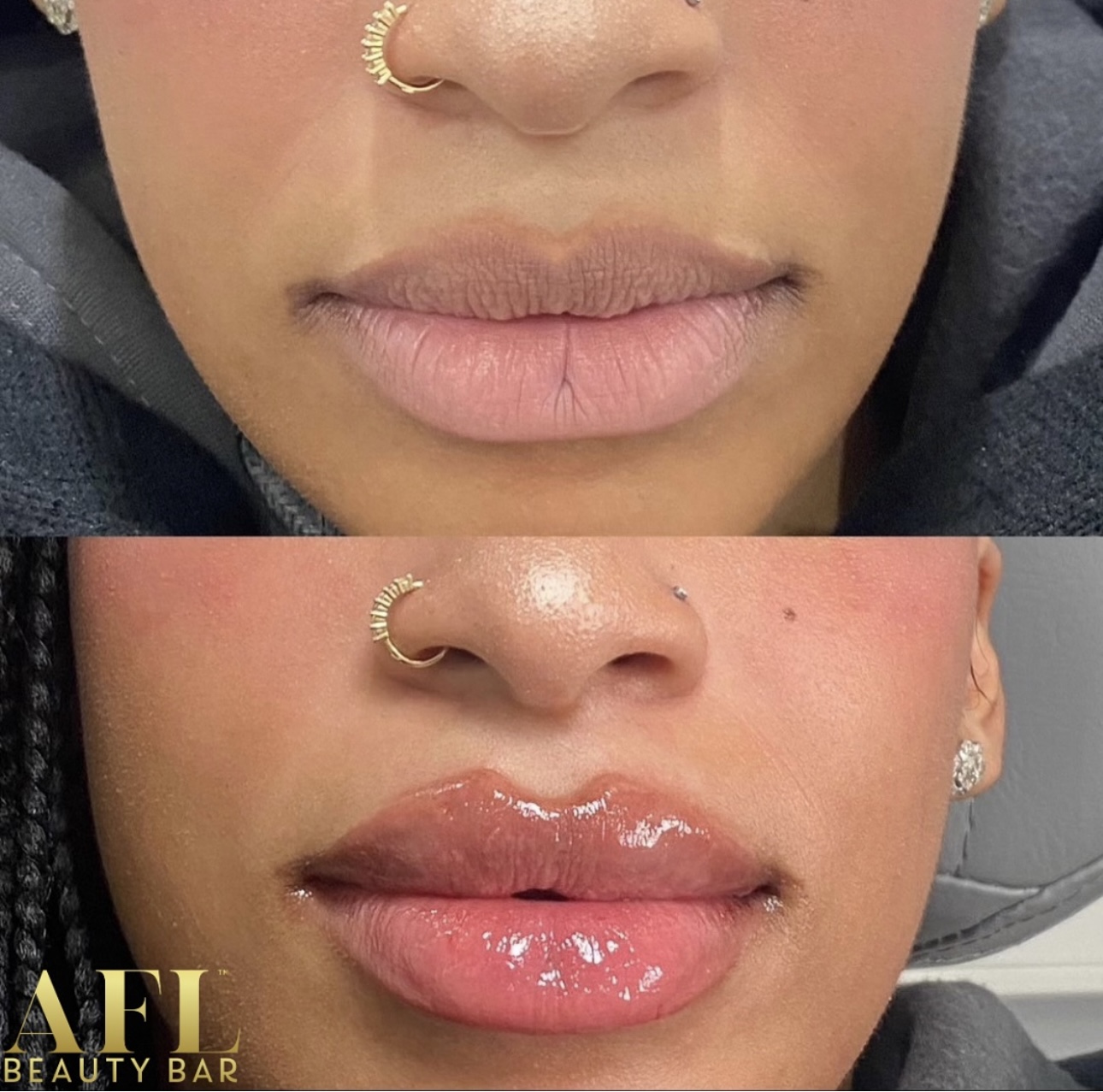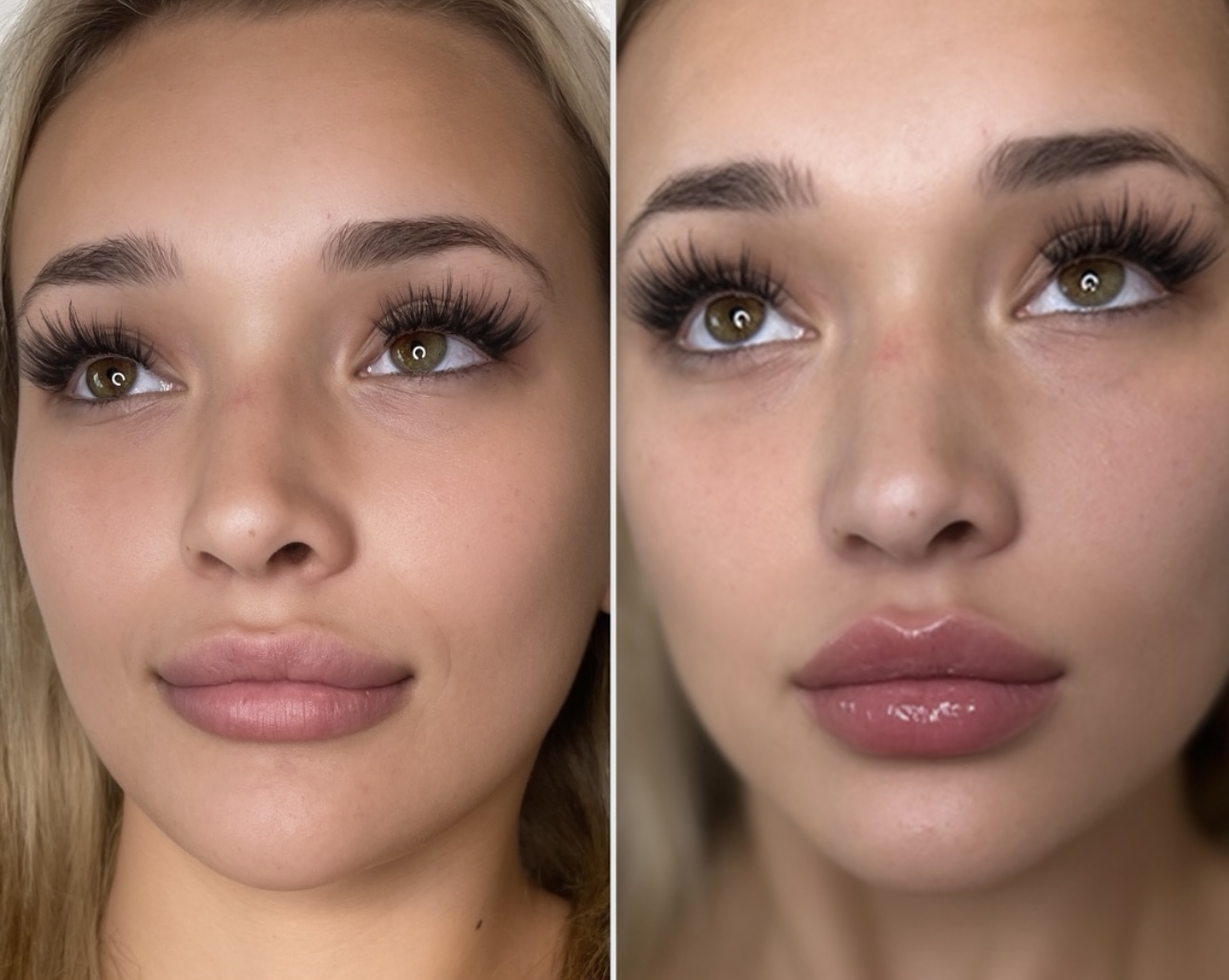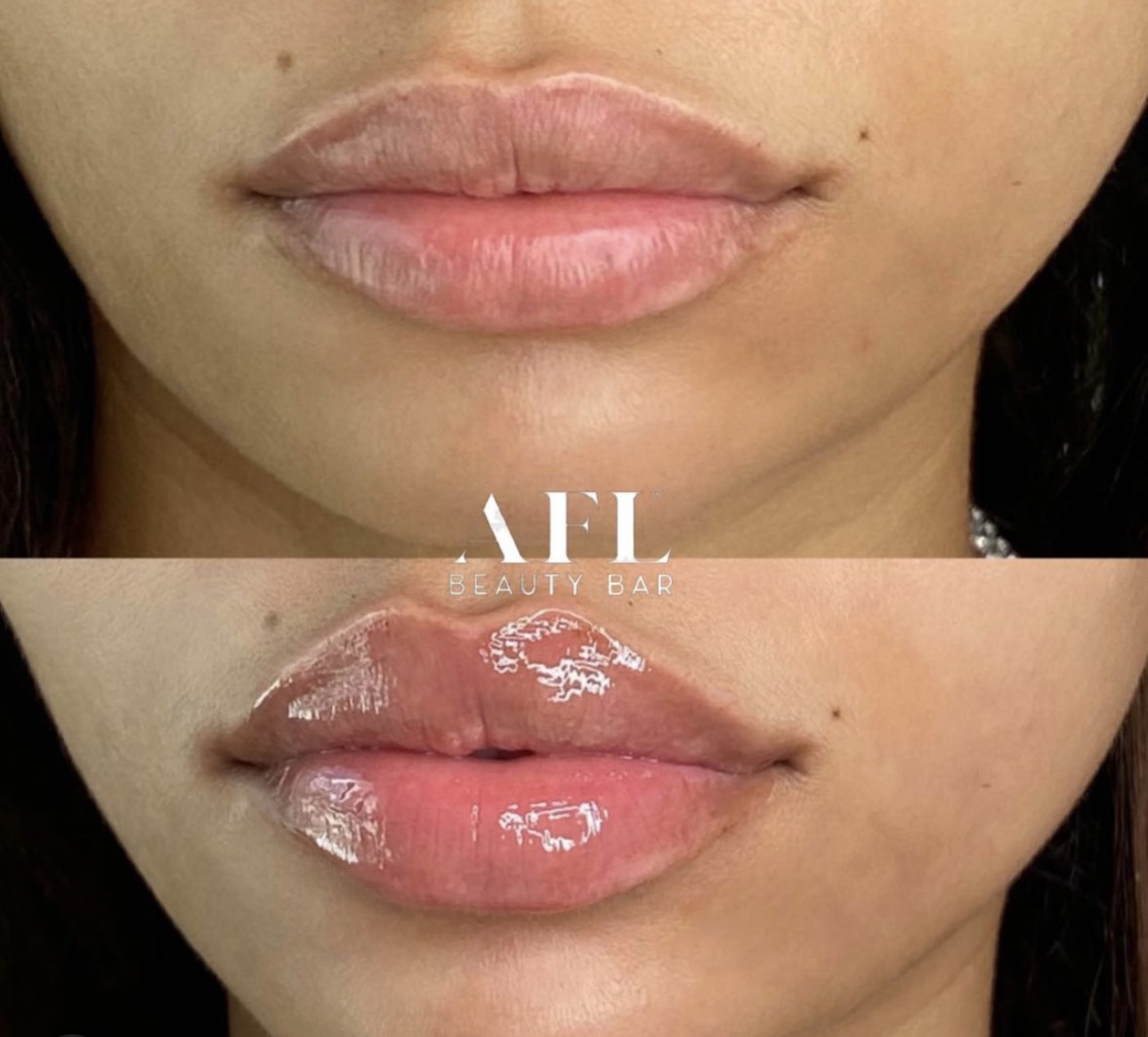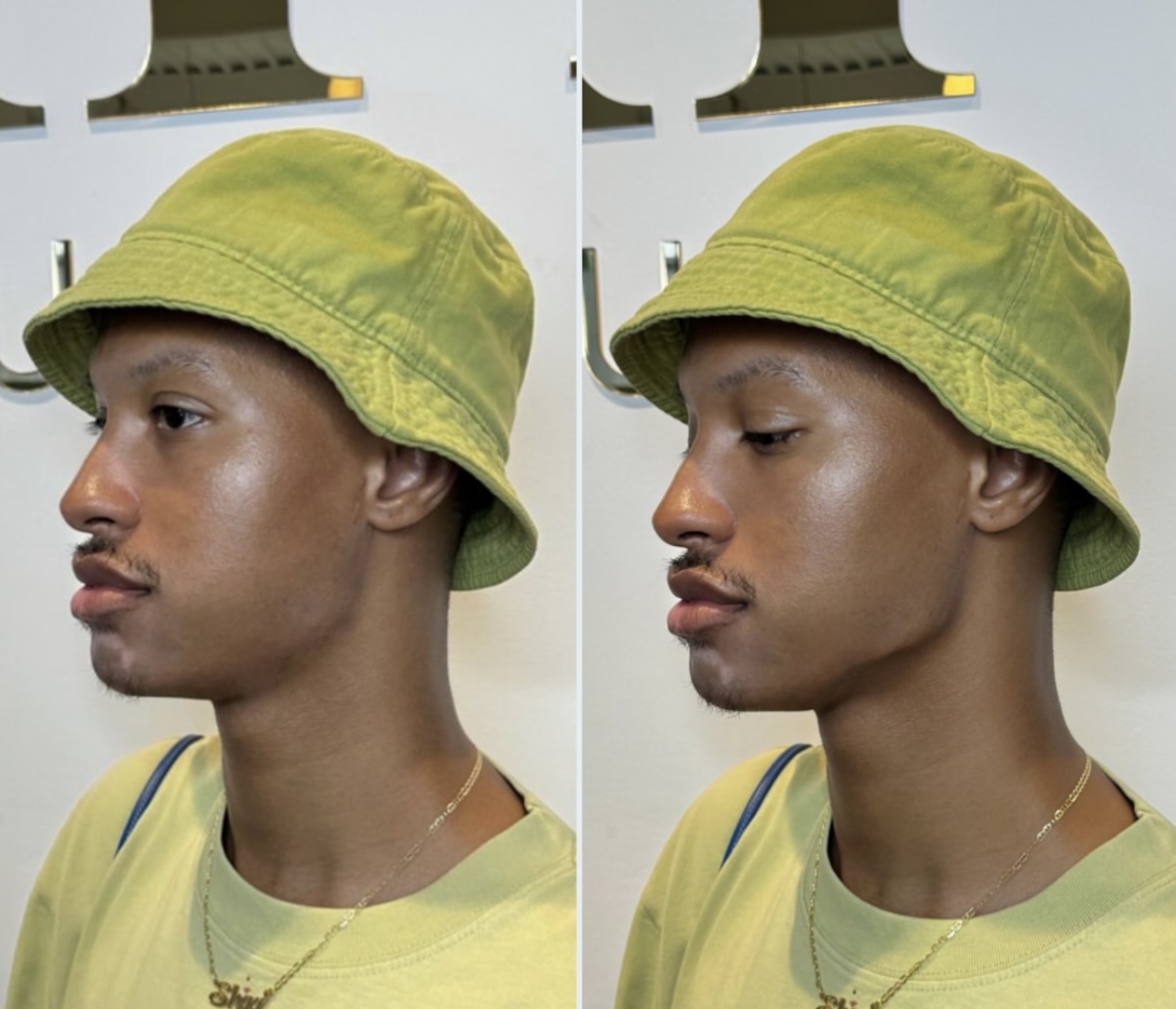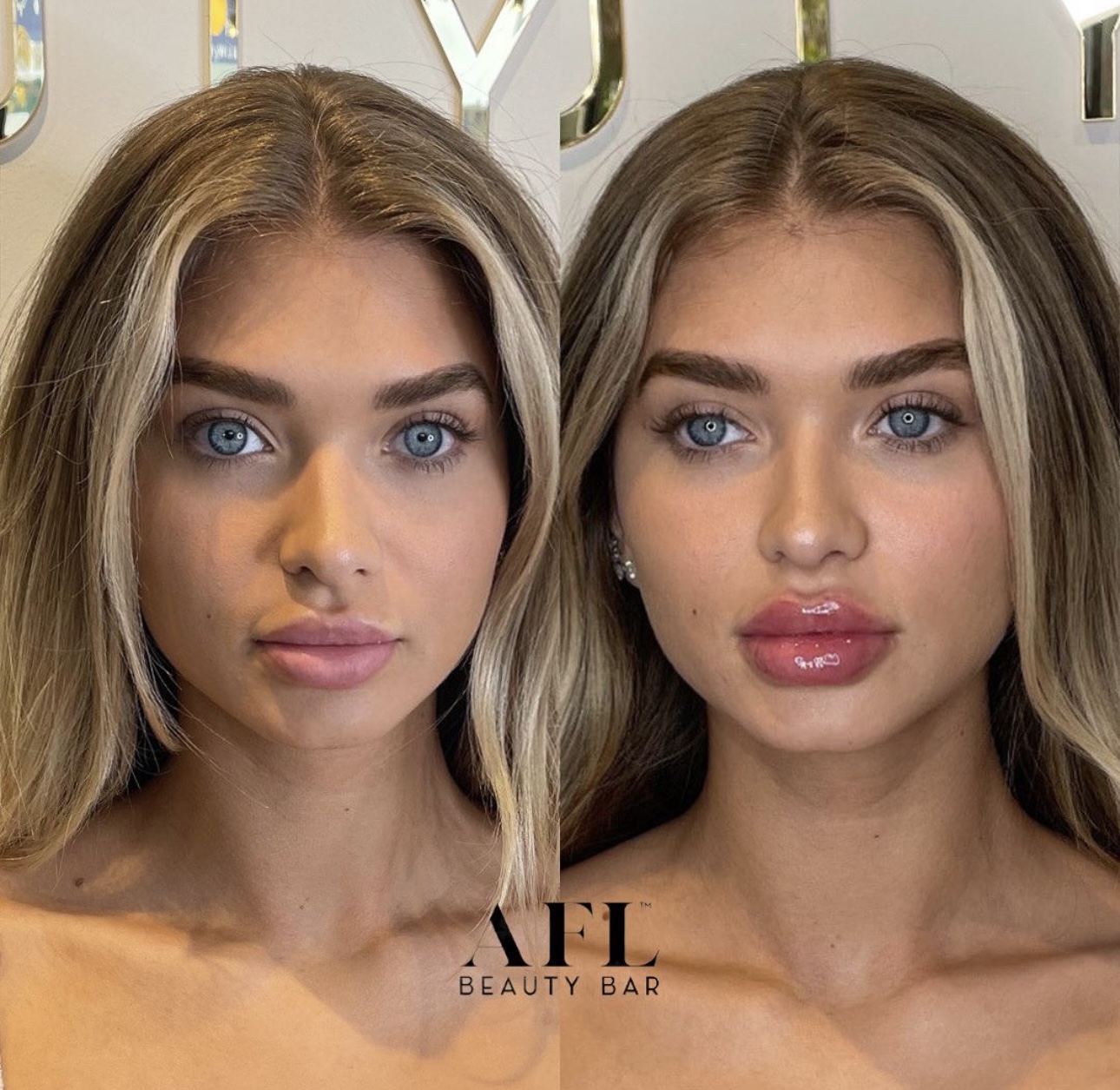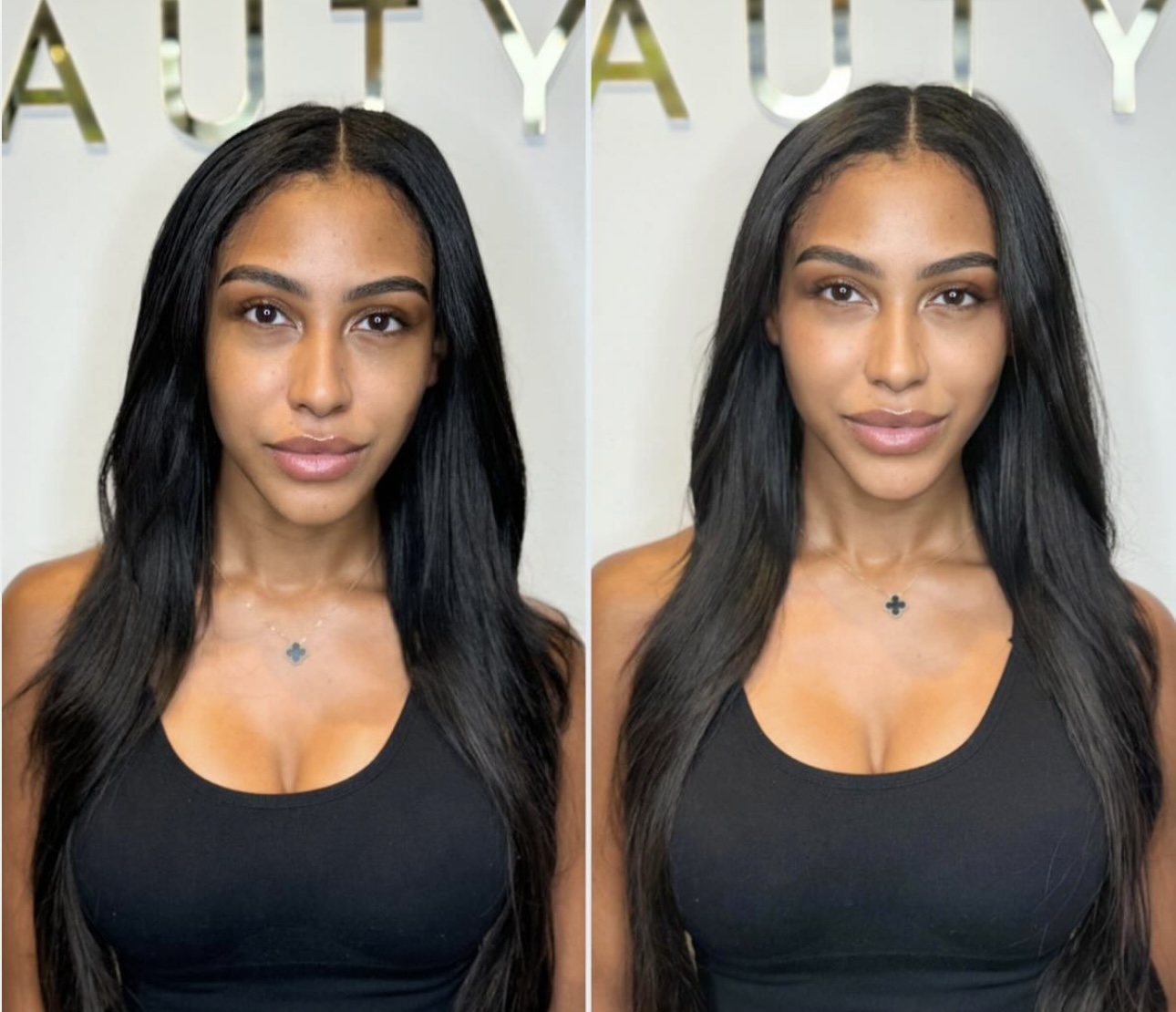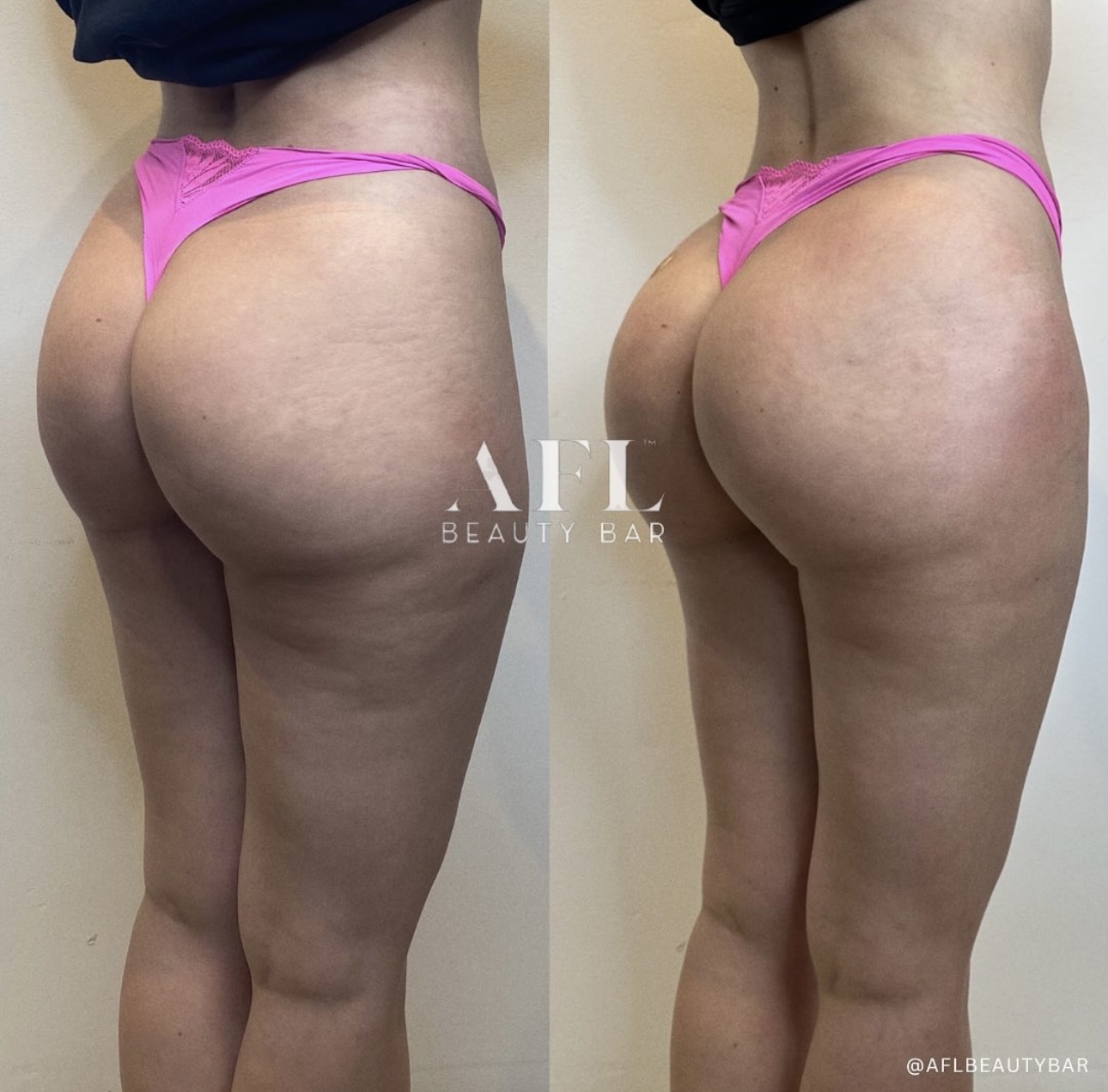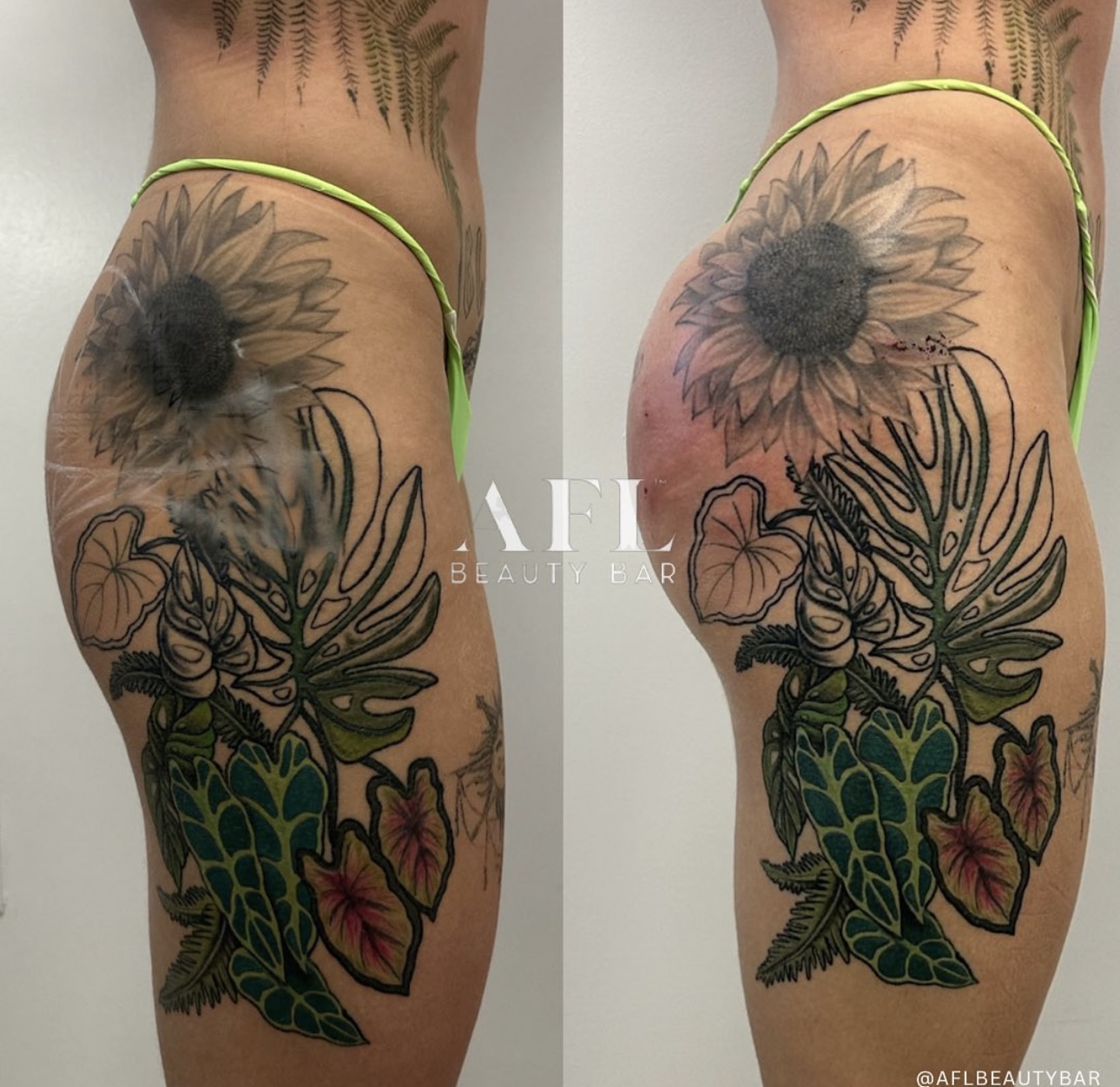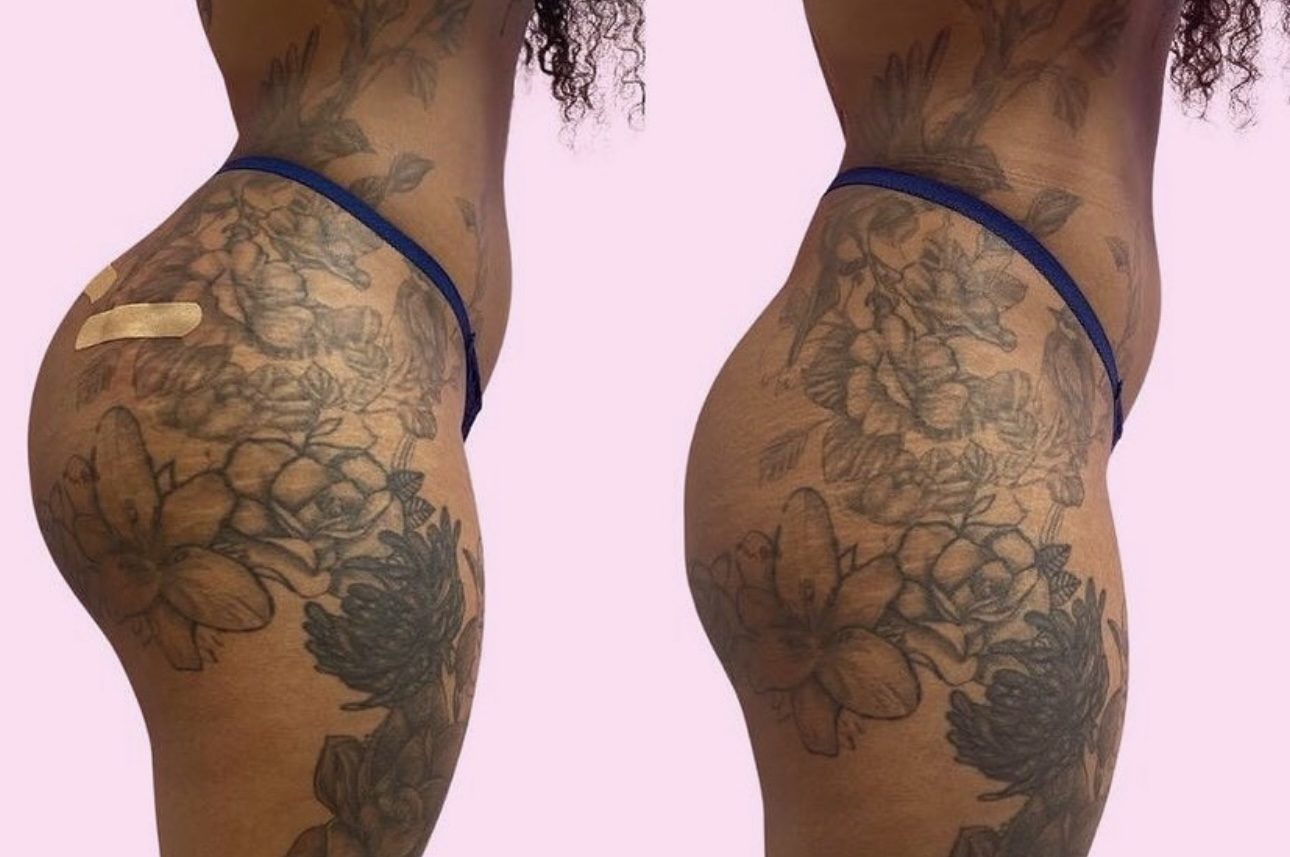Revitalize Your Skin with PRP Injections
Achieve a Natural Glow
Skin rejuvenation is a top cosmetic goal, but sun and pollution damage break down collagen and elastin, leading to dull, aging skin.
Platelet-Rich Plasma (PRP) is a non-invasive treatment that uses your own blood’s plasma to restore skin and hair. Originally known for wound healing, PRP quickly became popular for its skin and beauty benefits, including hair restoration.
PRP treatments offer a scar-free, no-downtime solution with visible results. Some see it as a natural alternative to fillers, as it stimulates collagen for a plumper look. If you’re considering PRP for skin or hair, here’s what you need to know.
At AFL Beauty Bar, we offer customized PRP treatments to help you achieve radiant, refreshed skin with a natural, long-lasting effect.
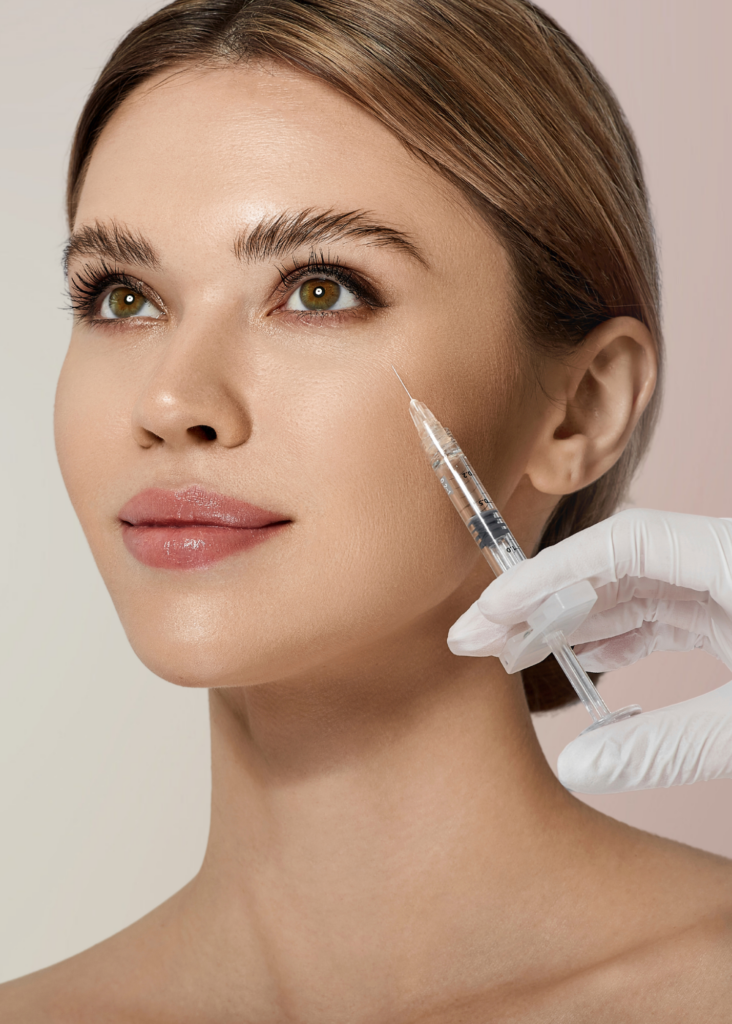
How Does PRP Work?
PRP works by speeding up the wound healing process through a controlled injury, which is why it’s often used with microneedling or injected directly into the skin or scalp.
The growth factors within the PRP are like gold to quickly and effectively regenerate the skin.
PRP relies on skin-rejuvenating platelets and growth factors obtained through a blood draw. Anywhere from 20 to 55 ccs of blood are drawn initially from the arm before being placed into a centrifuge that separates the plasma. Then, the extracted platelets are made into a serum injected into the scalp to address hair-related issues or applied directly to the skin.
When PRP is used for hair growth, the injections must be made on the scalp in a specific pattern and at an exact angle to deliver the serum effectively to stimulate hair growth and improve collagen in the scalp. In the case of skin rejuvenation, PRP is often the second step, following either microneedling or a resurfacing laser.
For PRP to be effective and work its magic, small entryways to the skin must exist. Then, the PRP mixture can be applied and then spread across the skin to work its magic. When using PRP for hair growth, most patients couple the treatment with a hair growth supplement to maximize the results and provide the scalp and hair with other necessary nutrients.
Why clients love our hormone therapy (BHRT)?
Stimulates Collagen Production
PRP boosts collagen levels, helping to restore skin elasticity and improve overall firmness.
Reduces Fine Lines & Wrinkles
The treatment smooths out wrinkles and fine lines, leading to tighter, younger-looking skin.
Enhances Skin Tone & Texture
PRP helps refine skin texture, reduce pore size, and add a natural glow, making the skin look healthier and more radiant.
Promotes Hair Growth
When applied to the scalp, PRP stimulates hair follicles, helping to reduce hair thinning and encourage regrowth.
Lip Fillers
Brazilian Butt Lift (BBL)
What is Platelet Rich Plasma (PRP)?
Before PRP became a mainstay treatment for aesthetic purposes, it was initially implemented in orthopedic medicine, dentistry, and reconstructive surgery to aid in fast healing.
As doctors noted the various benefits of PRP, the treatment made its way into the beauty realm for its ability to improve the skin and hair.
Blood contains a small number of skin friendly elements such as growth factors, platelets, and other healing factors that, when extracted from the blood and then applied or injected into the skin or scalp, help rejuvenate it by jumpstarting natural processes that slow with age—housed within plasma live platelets. These tiny cells have a function to aid in blood clotting when a wound occurs. When it is injected into an area that requires stimulation, it causes a mild inflammatory response that triggers the start of the healing process. The platelets then organize themselves and release enzymes that help heal the damaged area, creating new collagen. When PRP is used on the skin (either on the face or scalp), this effect translates to a tightening effect of the skin, allowing tissue remodeling that emerges healthier and younger.
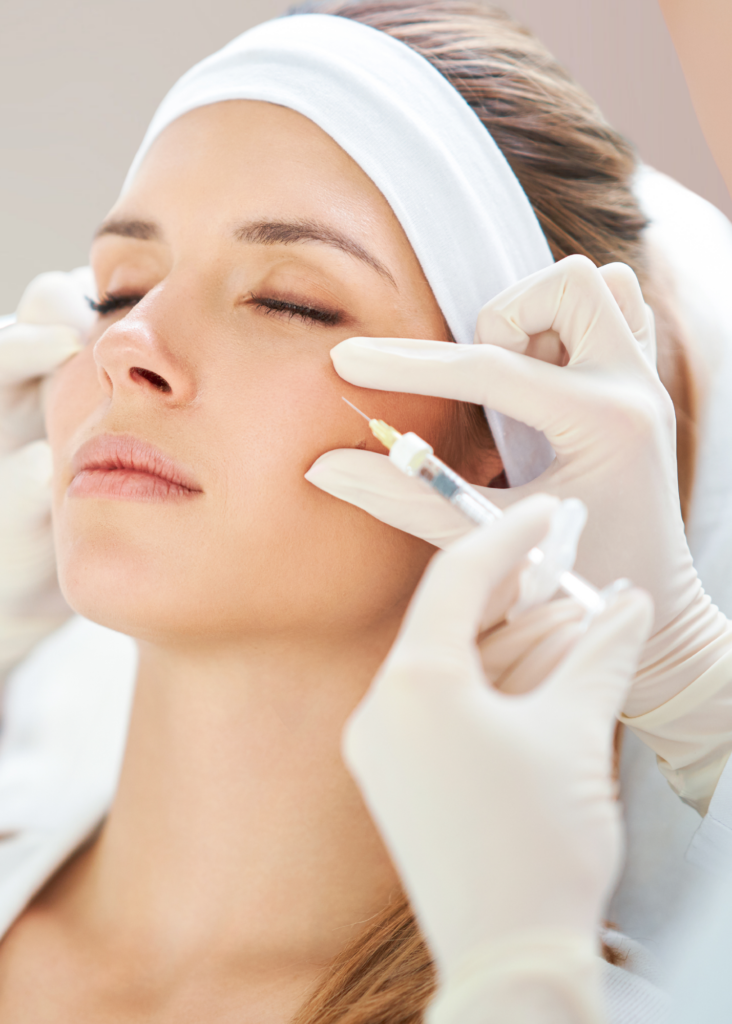
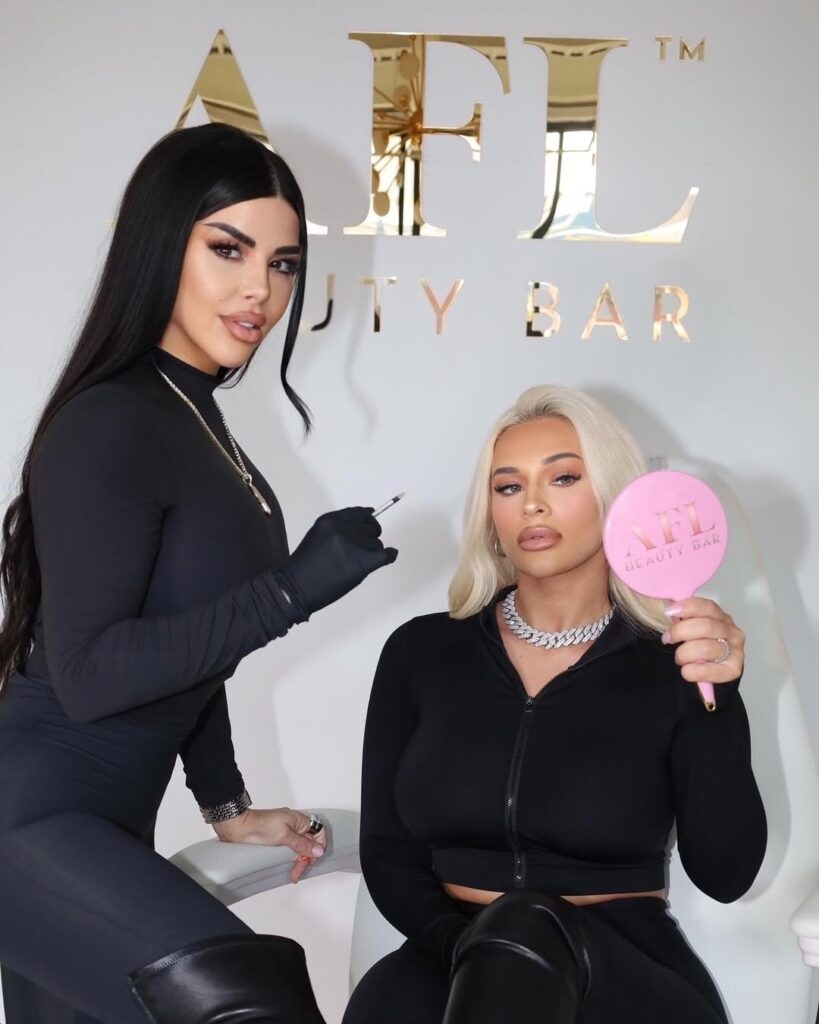
Frequently Asked Questions
Got questions about acne? AFL Beauty Bar is here to help with expert advice and effective treatments to get your skin back on track!
